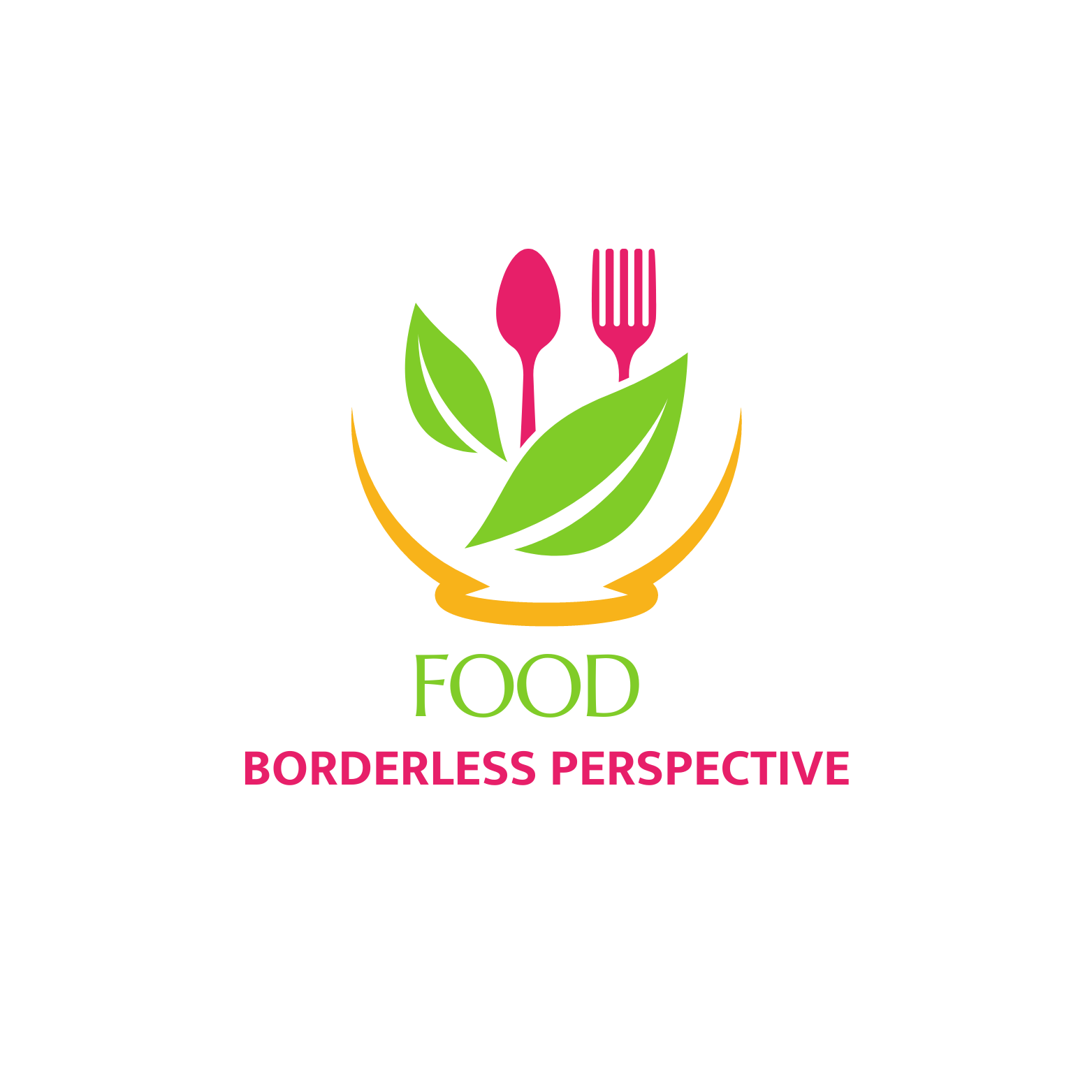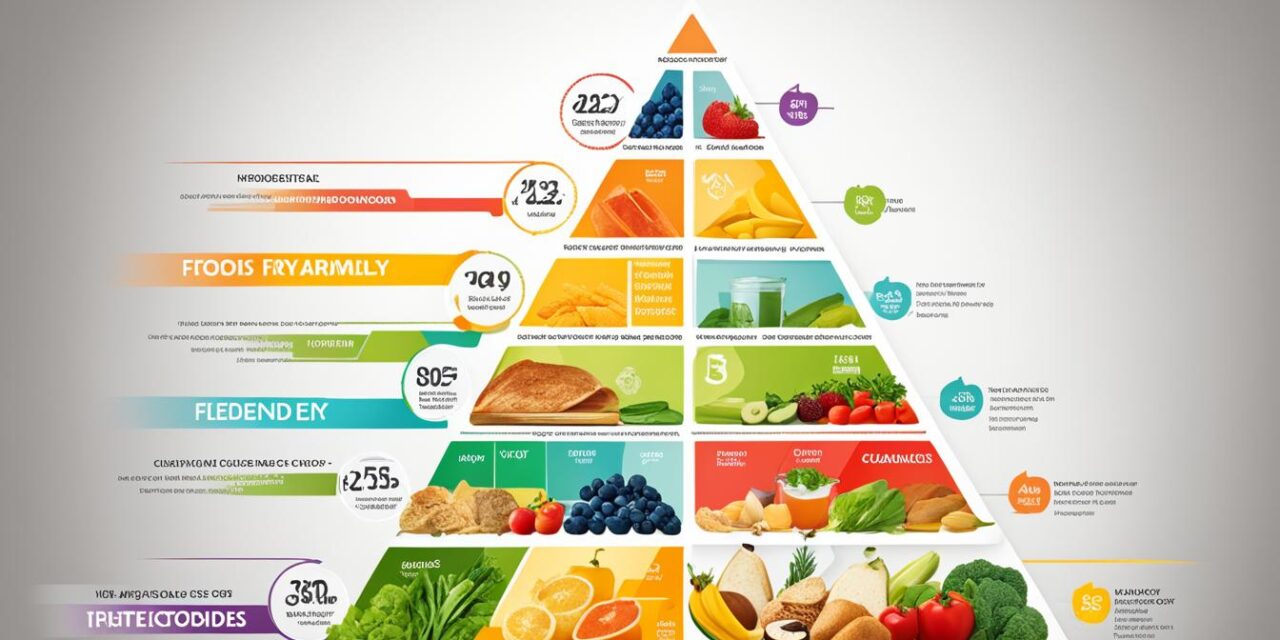Did you know that the food pyramid, a symbol of nutrition advice for decades, may not be as reliable as once thought? With modern nutrition science constantly uncovering new findings, the traditional food pyramid has come under scrutiny for its outdated recommendations. It’s time to explore how the very foundation of healthy eating has evolved over the years and discover what modern nutrition science truly recommends.
Key Takeaways:
- The traditional food pyramid has been criticized for oversimplifying dietary recommendations.
- Modern nutrition science suggests a more personalized and evidence-based approach to healthy eating.
- Alternative food guides, such as the Harvard Healthy Eating Pyramid, provide comprehensive and up-to-date recommendations.
- Stay informed about the latest research and recommendations in nutrition to make informed dietary choices.
- Don’t rely solely on outdated guidelines; prioritize your individual needs and the quality of your food.
The Evolution of the Food Pyramid
The original Food Pyramid, introduced by the USDA in 1992, aimed to provide dietary guidelines for Americans. It encouraged minimizing fat consumption while consuming six to eleven servings of complex carbohydrates. However, as nutrition science progressed, experts realized that not all fats were bad for health, and high carbohydrate intake had its drawbacks.
The categorization of foods in the original pyramid raised concerns as it did not differentiate between types of fats, leading to a misconception that all fats were harmful. This oversimplification had unintended consequences on people’s dietary choices and health outcomes.
“It’s as if the message from the Food Pyramid was ‘Eat all the carbohydrates you can get your hands on and stay away from fat at all costs,'” says Dr. Mark Hyman, a practicing physician and New York Times bestselling author on nutrition.
Subsequently, in 2005, the Food Pyramid underwent revisions to address these concerns. The updated guidelines provided more nuanced recommendations, encouraging the consumption of healthy fats and promoting a balanced approach to carbohydrates. This version sought to rectify the limitations of its predecessor but still fell short of meeting all nutritional needs.
Then, in 2011, the USDA introduced MyPlate as a replacement for the Food Pyramid. MyPlate adopted a simpler format, using a plate to visually represent different food groups. The goal was to make it easier for individuals to understand and implement healthy eating habits by emphasizing the importance of balanced portions of fruits, vegetables, protein, and grains.
Here’s an example of MyPlate:
| Vegetables | Fruits | Protein | Grains | Dairy | |
|---|---|---|---|---|---|
| Portion | Fill half your plate | Include a variety | Choose lean sources | Make at least half whole grains | Opt for low-fat or fat-free options |
This update aimed to simplify the messaging and offer an inclusive approach to healthy eating. However, even with MyPlate, there were still limitations to the guidelines, leaving room for further improvements and alternative food guides.
Flaws in the Original Food Pyramid
Let’s dig into the flaws of the original Food Pyramid and uncover some of the misconceptions it perpetuated. One of the major issues was its oversimplification of dietary recommendations. It painted all fats with a broad brush, casting them as the villains to avoid at all costs. As a result, people started believing that all carbohydrates were the undisputed heroes of nutrition.
This flawed notion completely disregarded the role of healthy fats, such as monounsaturated and polyunsaturated fats, in promoting heart health and reducing the risk of cardiovascular diseases. These fats are found in foods like nuts, avocados, and oily fish, and they provide numerous health benefits.
On the other hand, the overemphasis on carbohydrates, especially from refined sources, created its own set of problems. Excessive consumption of refined carbohydrates, such as white bread, sugary drinks, and processed snacks, can disrupt glucose regulation and spike insulin levels. This can contribute to weight gain, insulin resistance, and an increased risk of chronic diseases like type 2 diabetes.
The Saturated Fat Myth
Another critical flaw in the original Food Pyramid was the demonization of saturated fat. It painted all saturated fats, found in foods like butter, meat, and cheese, as the archenemies of good health. However, emerging research has challenged this long-held belief and shown that not all saturated fats are created equal.
Some saturated fats, like those derived from coconut oil, have actually demonstrated potential health benefits, including increasing levels of “good” HDL cholesterol. Moreover, the link between saturated fat consumption and heart disease has been questioned, with studies suggesting that the overall dietary pattern and lifestyle factors play a more significant role in cardiovascular health.
“The issue is not just the type of fat but rather the overall quality and balance of your diet.”
To sum it up, the original Food Pyramid had its fair share of flaws. It overlooked the importance of incorporating healthy fats into our diets and perpetuated the misconception that all carbohydrates are equally beneficial. It also failed to distinguish between types of fats, wrongly demonizing saturated fats across the board. As our understanding of nutrition evolves, it becomes clear that a more nuanced approach is needed to create a balanced and genuinely healthy eating plan.
| Nutrient | Role | Healthy Sources | Recommended Intake |
|---|---|---|---|
| Monounsaturated fats | Support heart health and lower bad cholesterol levels |
Avocados, olive oil, nuts, seeds | ~25-35% of daily calorie intake |
| Polyunsaturated fats | Provide essential fatty acids and reduce inflammation |
Fatty fish, walnuts, flaxseeds, sunflower seeds | ~25-35% of daily calorie intake |
| Saturated fats | Play a role in hormone production and provide energy |
Coconut oil, grass-fed butter, lean meats | Less than 10% of daily calorie intake |
| Carbohydrates | Provide energy and fiber |
Whole grains, fruits, and vegetables |
~45-65% of daily calorie intake |
As we move forward, it’s crucial to base our nutritional advice on reliable scientific research and embrace a more holistic understanding of food and health. Now, let’s explore the transition from the original Food Pyramid to the revised MyPyramid and MyPlate in the next section.
The Transition to MyPyramid and MyPlate
In 2005, the U.S. Department of Agriculture introduced MyPyramid as an attempt to address some of the flaws of the original food pyramid. MyPyramid aimed to provide personalized dietary recommendations by assigning colors to different food categories and offering individualized advice through a dedicated website. However, the transition to MyPyramid was not without its criticisms. Critics argued that it still did not adequately address certain important aspects of nutrition, such as limiting the intake of refined carbohydrates.
But in 2011, MyPyramid was replaced by MyPlate as the nation’s official nutrition guide. This transition sought to simplify the recommendations and make them more accessible to the general public. MyPlate uses a plate format to visually represent a healthy meal and emphasizes the importance of consuming vegetables, fruits, protein, and grains in appropriate portions.
MyPlate was designed to provide a visual representation of a balanced meal, making it easier for individuals to understand and implement healthier eating habits. The emphasis on portion control and the inclusion of all major food groups helps ensure a more well-rounded and nutritious diet.
Benefits of MyPlate:
- Simplifies dietary recommendations
- Highlights the importance of portion control
- Encourages a well-rounded diet with all major food groups
- Promotes balanced meals and healthier eating habits
By transitioning from the Food Pyramid to MyPyramid and ultimately to MyPlate, dietary recommendations have evolved to better align with individual nutritional needs. MyPlate provides a user-friendly approach to healthy eating that can be easily adopted by individuals and families alike.
Criticisms and Alternative Food Guides
So, you’ve been following MyPlate, the national nutrition guide to maintain a healthy diet. But did you know that it has its fair share of critics? While MyPlate provides a general framework for healthy eating, it falls short in addressing all aspects of a well-rounded diet. That’s where alternative food guides step in to provide more comprehensive and evidence-based recommendations.
One notable alternative is the Harvard Healthy Eating Pyramid, developed by nutrition experts at the Harvard School of Public Health. This guide takes a holistic approach to healthy eating, incorporating not only food groups but also lifestyle factors that contribute to overall well-being.
Another popular alternative is the Food Compass. This innovative food guide takes a personalized approach to nutrition recommendations, considering individual needs and preferences. It emphasizes the importance of whole, unprocessed foods and provides guidance on portion sizes, food variety, and mindful eating.
The Harvard Healthy Eating Pyramid
The Harvard Healthy Eating Pyramid places an emphasis on whole grains, healthy fats, and plant-based proteins. It encourages the consumption of fruits and vegetables in abundance, highlighting their role in disease prevention and overall health. The pyramid also suggests limiting red meat, sugary beverages, and refined grains, which have been linked to various health issues.
By focusing on the quality of food rather than just serving sizes, the Harvard Healthy Eating Pyramid offers a more nuanced and flexible approach to healthy eating. It recognizes that not all fats and carbohydrates are created equal and encourages individuals to make informed choices based on the latest nutrition science.
The Food Compass Approach
The Food Compass provides a visual representation of the key principles of healthy eating. It emphasizes the importance of a balanced diet that includes a variety of whole foods from different food groups. The compass also encourages regular physical activity, stress management, and adequate hydration as integral parts of a healthy lifestyle.
With its personalized recommendations and focus on individual needs, the Food Compass helps individuals navigate the complex world of nutrition. It takes into account factors like exercise, maintaining a healthy weight, and overall well-being, guiding individuals towards optimal health.
While MyPlate has its merits, these alternative food guides offer a more comprehensive approach to healthy eating. They consider not only the nutritional value of foods but also the wider context of lifestyle choices. So, if you’re looking to take your healthy eating journey a step further, consider exploring these alternative food guides for a well-rounded approach to nutrition.
Conclusion
The food pyramid has come a long way, evolving to keep up with modern nutrition science and the ever-changing landscape of healthy eating. While the original pyramid had its flaws, subsequent revisions like MyPyramid and MyPlate have made efforts to address these shortcomings. However, there are alternative food guides, such as the Harvard Healthy Eating Pyramid and the Food Compass, that offer even more comprehensive and evidence-based recommendations.
It’s essential to stay informed and updated with the latest research and recommendations from modern nutrition science. Making healthy dietary choices requires understanding the current understanding of what constitutes a balanced and nourishing diet. By staying up-to-date, you can make well-informed decisions about what foods to include in your meals, and how to best nourish your body.
Remember, healthy eating is not a one-size-fits-all approach. It’s a journey of discovering what works best for your unique needs and preferences. So, while the food pyramid provides a general guide, feel free to explore other resources and consult with healthcare professionals to customize a diet that supports your overall health and well-being.
FAQ
Is the food pyramid outdated?
What does modern nutrition science recommend?
What is the evolution of the food pyramid?
What were the flaws in the original food pyramid?
How did the transition to MyPyramid and MyPlate address the flaws?
What criticisms and alternative food guides are there?
MORE SOURCES TO READ:
- https://www.levelshealth.com/blog/how-and-why-the-food-pyramid-diet-recommendations-changed
- https://www.scientificamerican.com/article/rebuilding-the-food-pyramid/
- https://www.hsph.harvard.edu/nutritionsource/healthy-eating-pyramid/
![]()














Recent Comments